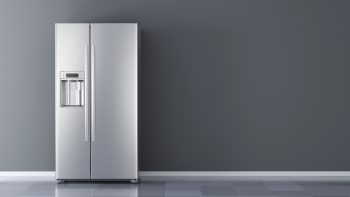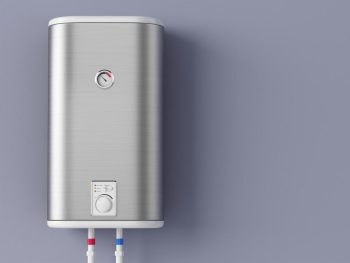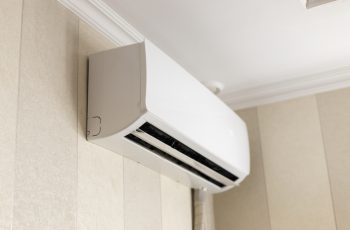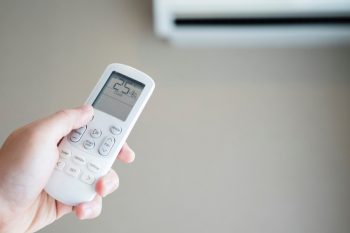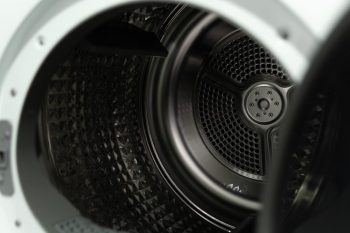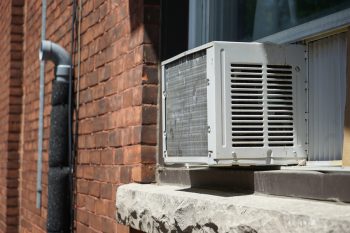
If you’ve ever been in the middle of doing laundry and found your washer start to spin, only to stop abruptly, you know how frustrating it can be. This common problem can interrupt your laundry routine and leave you with a load of wet clothes. But why does this happen? What causes your washer to start spinning and then stop? Let’s dive into the topic and explore the reasons behind this issue.
Your washer may start to spin and then stop due to several reasons: an unbalanced load, a clogged drain trap, a defective lid switch or door lock, issues with the drive belt, motor or motor coupling, problems with the clutch assembly in top-load washers, or drainage issues. The solutions range from redistributing the load, cleaning the drain trap, inspecting and replacing defective parts, to checking for clogs in the drain hose. If the problem persists, it’s best to consult a professional appliance repair service.
Unbalanced Load
An unbalanced load is one of the most common reasons for a washer to stop spinning. When the laundry inside the drum is unevenly distributed, the washer may stop spinning to prevent damage. This is especially common when washing heavy items like towels or blankets, which can easily throw off the balance of the washer.
To fix this:
- Pause the machine and rearrange the clothes inside the drum.
- Avoid overloading the washer, as this can also lead to an unbalanced load.
Clogged Drain Trap
A clogged drain trap in a front-load washer can also cause the machine to stop spinning. This is usually due to debris or small clothing items getting caught in the trap.
To fix this:
- Regularly clean the drain trap to prevent clogs.
Defective Lid Switch or Door Lock
The lid switch or door lock is a safety feature that prevents the washer from spinning when the lid or door is open. If this component is defective, it can prevent the washer from spinning.
To fix this:
- Inspect the lid switch or door lock for any defects.
- Consider replacing it if it’s not functioning correctly.
Drive Belt Issues
The drive belt connects the motor to the drum. If it’s worn out or broken, it can prevent the washer from spinning.
To fix this:
- Inspect the drive belt for wear or damage.
- Consider replacing it if necessary.
Motor Issues
Sometimes, the motor or motor coupling can cause spinning problems. If these components are faulty, they can prevent the washer from spinning.
To fix this:
- Check the motor and motor coupling for any issues.
- Consider repairing or replacing them if necessary.
Clutch Assembly Issues
In top-load washers, the clutch assembly plays a vital role in spinning. If it’s worn or damaged, it can prevent the washer from spinning.
To fix this:
- Check the clutch assembly for wear or damage.
- Consider replacing it if necessary.
Drainage Issues
If the washer is not draining properly, it may not move to the spin cycle. This can be due to a clog in the drain hose or a problem with the pump.
To fix this:
- Check the drain hose for clogs.
- Inspect the pump for any issues.
In some cases, the issue may be too complex or risky to handle on your own. If you’re unable to identify or fix the problem yourself, it’s best to consult a professional appliance repair service. They can diagnose and resolve the issue, ensuring your washer is back up and running as quickly as possible.
In conclusion, several factors can cause a washer to start spinning and then stop. By understanding these issues and how to fix them, you can help ensure your washer operates smoothly and efficiently. Remember, regular maintenance and proper usage are key to preventing these issues in the first place.
Frequently Asked Questions
How often should I clean the drain trap in my washer?
It’s recommended to clean the drain trap in your washer every 3 to 4 months. However, if you notice your machine is not draining properly or stopping mid-cycle, it might be a good idea to check the trap sooner.
What are the signs of a defective lid switch or door lock?
If your washer is not spinning or starting at all, it could be a sign of a defective lid switch or door lock. Other signs can include the machine not filling with water, or the machine not stopping when the lid is opened.
How can I tell if the drive belt on my washer is worn out or damaged?
A worn-out or damaged drive belt may cause your washer to make a loud noise during the spin cycle, not agitate or spin, or not drain properly. You can also visually inspect the belt. If it looks frayed, glazed, or is slipping off the motor or drum, it may need to be replaced.
What are the signs of motor issues in a washer?
If your washer is not spinning, agitating, or draining, it could be a sign of motor issues. Other signs can include a humming or buzzing noise, or the washer not starting at all.
How can I tell if my washer has drainage issues?
If your washer is not draining properly, it may leave your clothes soaking wet at the end of the cycle, or you might find water still in the drum. In some cases, you may also notice water leaking from the bottom of the machine.

